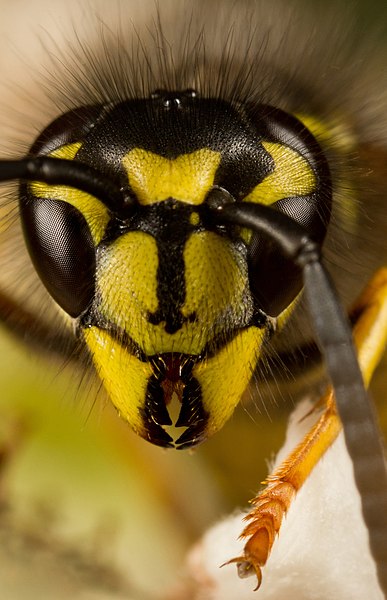10.2 Kin Selection
In 1984, biologist William Donald Hamilton put forth an argument that, for evolutionary reasons, organisms will invest in the reproductive success of their most closely, genetically, related kin. Coined Hamilton’s Rule, he proposed a mathematical expression to quantify how much risk to self an individual should be willing to take to improve the reproductive chances of others.
Hamilton’s Rule states that the genetic relatedness (r) of the recipient or beneficiary of an act times the reproductive benefit (B), needs to be greater than the cost to the actor (C) in order for it to make evolutionary sense. In mathematical form, the rule looks like this:
r * B > C |
Hamilton’s Rule led to the concept of kin selection which suggests that altruistic acts are more likely to occur if they favor the reproductive success of close relatives. This would explain why many species go to extremes for others in their social group. For example, genetically speaking, honeybees are all siblings (clones) and the queen is the only one who reproduces. Therefore, it makes logical, evolutionary sense that these insects would go to great lengths, even death, to protect the hive and the queen inside.
One might ask – how do other species know their relatives? After all, they aren’t exactly keeping genealogical charts. The answer is phenotypic matching. Studies show that wasps can discriminate small variations in the faces of other wasps to actively choose those to whom they match. This is crucial to their investment in genetic kin, since like honeybees, wasps are predominantly clones.

It’s worth noting that phenotypic matching may not always be about morphological traits. As we already discussed, phenotypes also include behavior and psychological traits (e.g., emotions and cognition). This is likely why we are beginning to see changes in kinship structures from solely consinguinal (blood relatives) to fictive or chosen kin groups based upon similar interests, behaviors, morality, and beliefs.
mathematical formula devised by British naturalist and population geneticist W.D. Hamilton that supports the notion that natural selection favours genetic success, not reproductive success per se.
natural selection in favor of behavior by individuals that may decrease their chance of survival but increases that of their kin (who share a proportion of their genes).
the ability to learn the phenotypes of surrounding animals and to use that information to classify previously unmet animals; the ability to identify biological relatives by appearance or behavior.
the outward appearance of an animal as well as the form and structure of internal parts, like bones and organs.
related by blood; direct ancestry.

